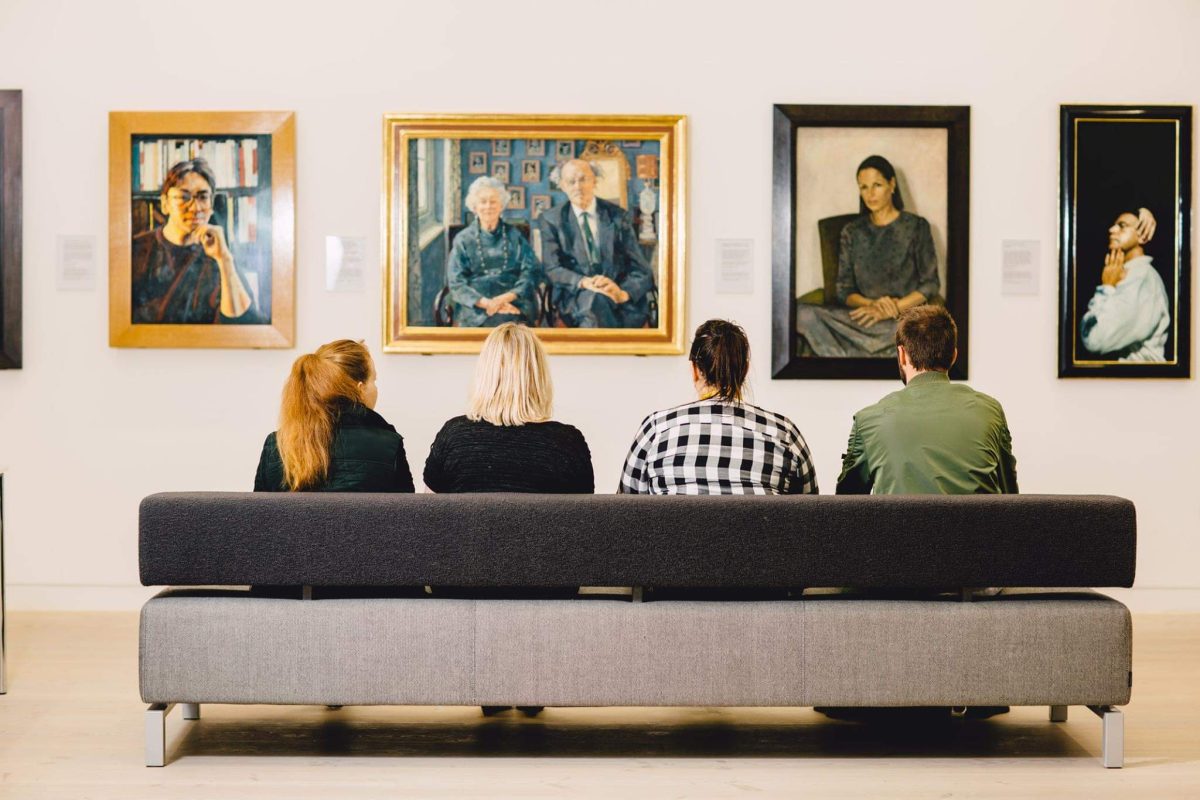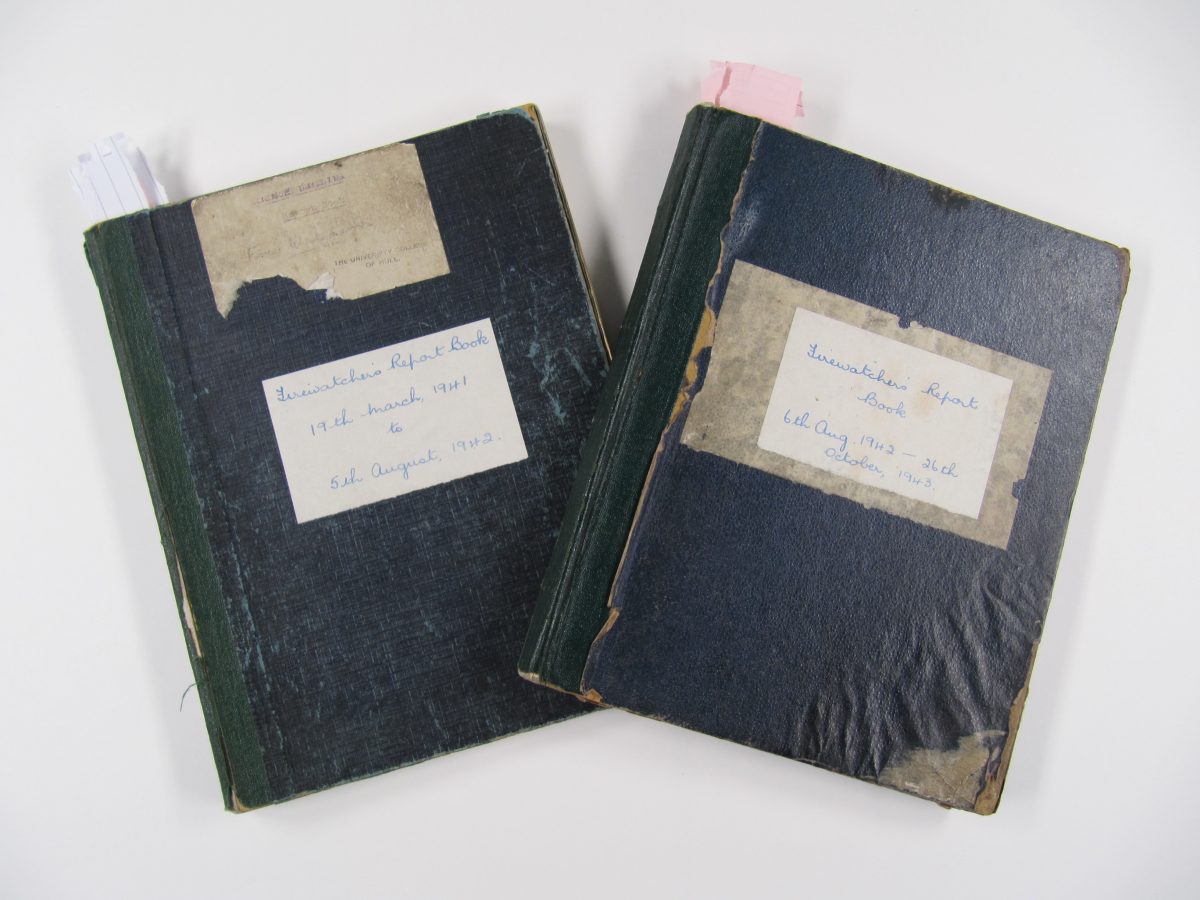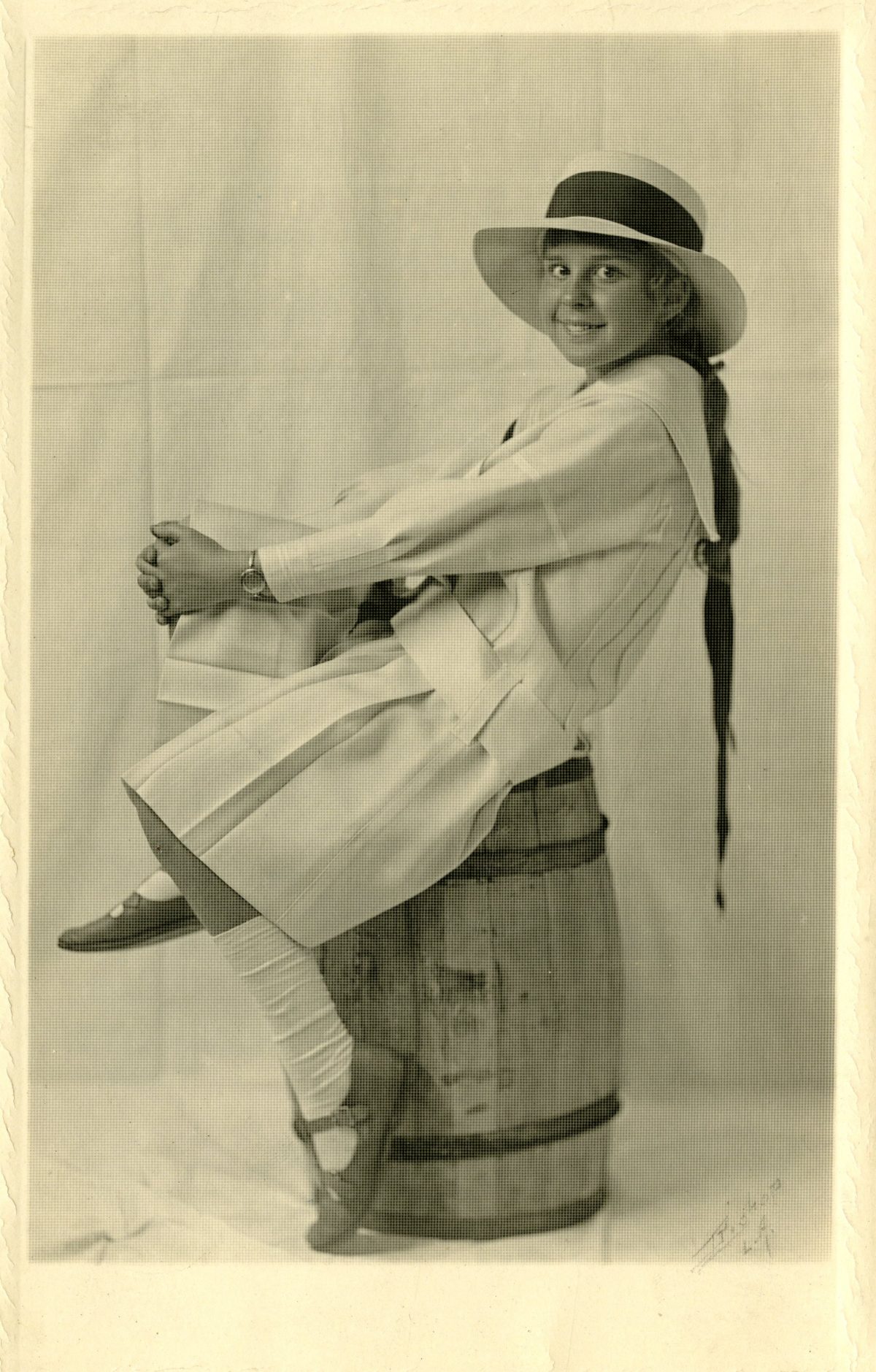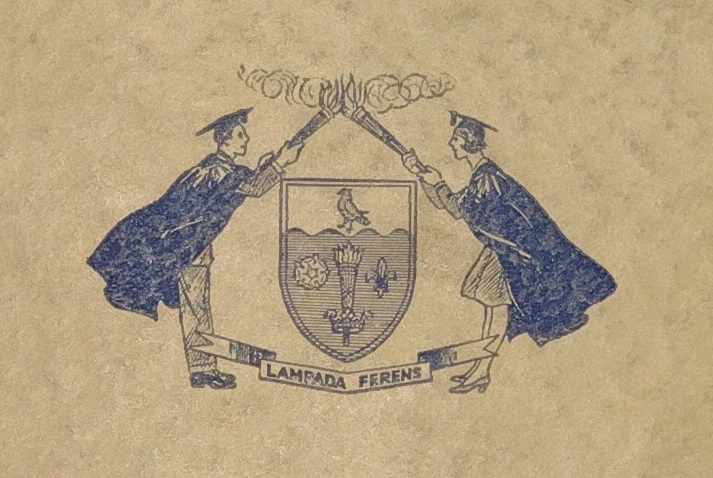With the upcoming coronation of King Charles III, here at the University Archives we wondered what we might have hidden amongst the collections that related to coronations past. It turns out we have a small but interesting selection of material. As we might expect, there were a number of nationally produced commemorative publications and souvenir […]
Category: Hull University Archives ARCHIVED
posts from the Hull University Archives

Prior to 2017, the Library exhibition space was originally used in a more corporate fashion; university events, networking events and lunch gatherings were popular within the Academic and University community. It hosted a lectern and chairs most of the time – very formal and most of the time pretty empty. In order to prepare for […]
by Sharon Redgrave When the library was built in 1959 and then extended in the late 1960’s, talk of mobile phones, computers, eBooks, the Internet, and such like would have seemed like the stuff of science fiction. But in 2012, the world was a very different place. This was the year of the London Olympics. […]
Starting university can be quite a daunting prospect. There is a lot to learn in a short space of time. When I started at The University of Hull in 2018 I had to find my lecture rooms, meet new friends and discover new learning styles. It is for this reason that I missed out on […]
If you’re anything like me, you might not have explored archives in your life. They’re just of dusty old documents anyway aren’t they? Well some may think so, but I certainly don’t! I went on a tour around the Hull History Centre and got to explore its archive material. Here is my experience of the […]

Every now and again we uncover a small collection of records at Hull University Archives that really bring life to years gone by. One such discovery was made in 2019 whilst staff were preparing an exhibition and source guide on Second World War records. Amongst the early records created by the University of Hull, we […]

Born 1908, Philippa was a writer and the daughter of the English painter, Louie Burrell. Philippa spent much of her childhood travelling the world with her mother, as Louie tried to make a living by painting portraits for wealthy individuals. Philippa made friends easily and was often a hit with her mother’s wealthy clients. She […]

Looking to be inspired for our January Hull University Archives blog, we started browsing online content for January anniversaries. It turns out there’s a huge number of food and drink related celebrations; there’s Chocolate Brownie Day on the 8th, Hot Tea Day on the 12th, Hot and Spicy Food Day on the 16th, Gourmet Coffee […]

With just a few days to go, we’re starting to get that Christmas feeling at Hull University Archives! So we’ve been looking through the collections for references to Christmases past. These are some of the things we found… Send a card To get us started, here’s a Christmas card printed by our University for the […]

With November the 5th coming up, here at Hull University Archives we thought a warming wander through student bonfire nights past might be a nice diversion. So we turned to the University of Hull’s student newspapers for inspiration. And it was only then that the serendipity of the situation struck us – the first student […]
